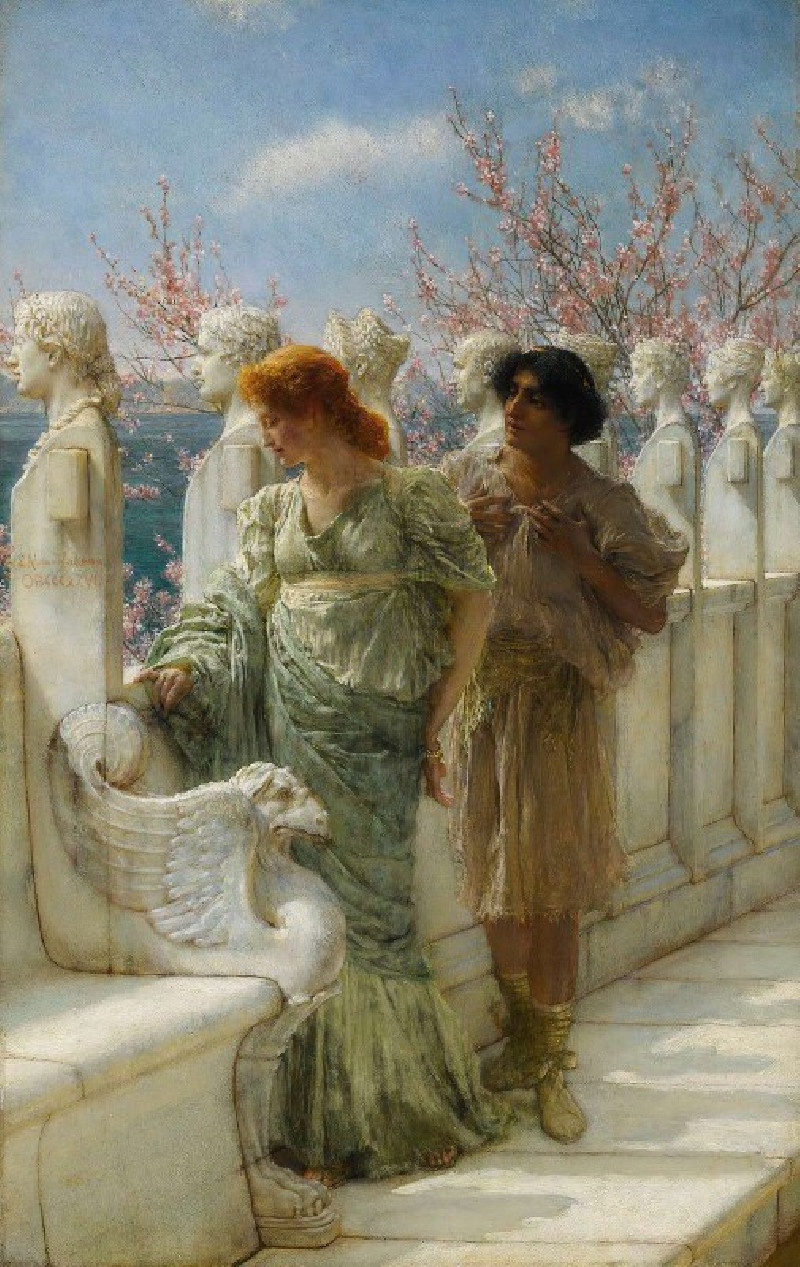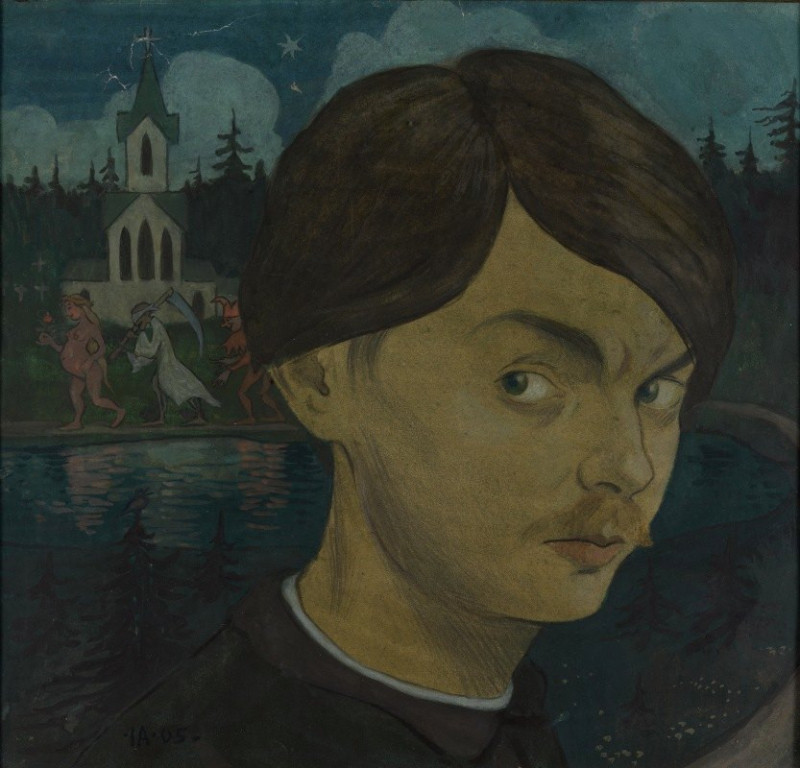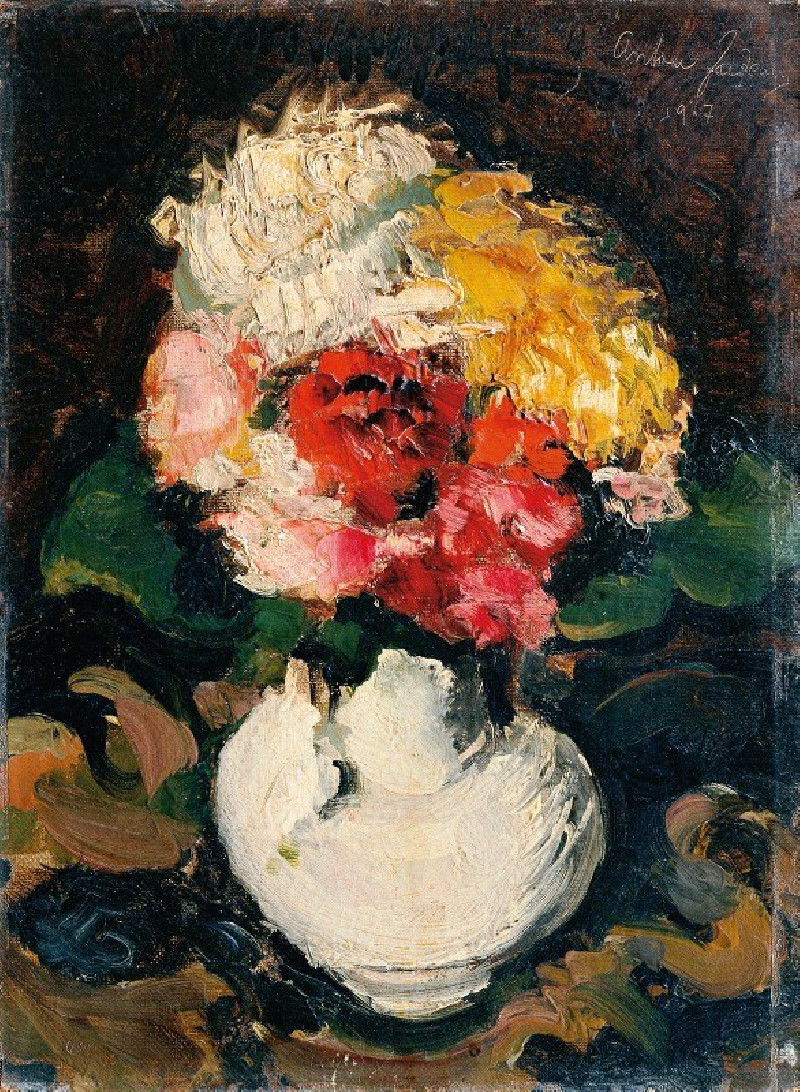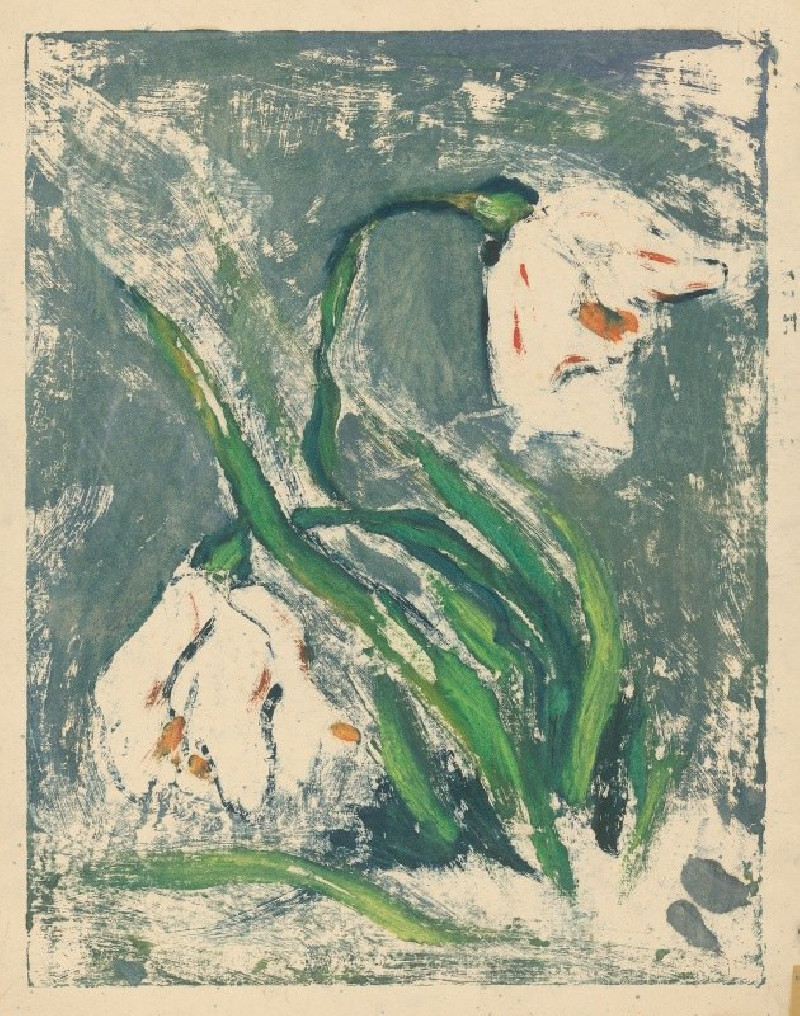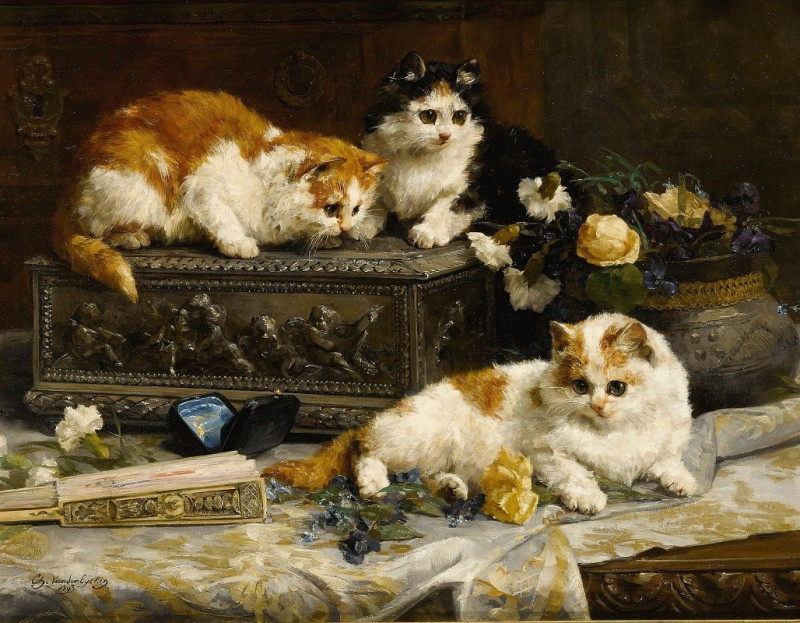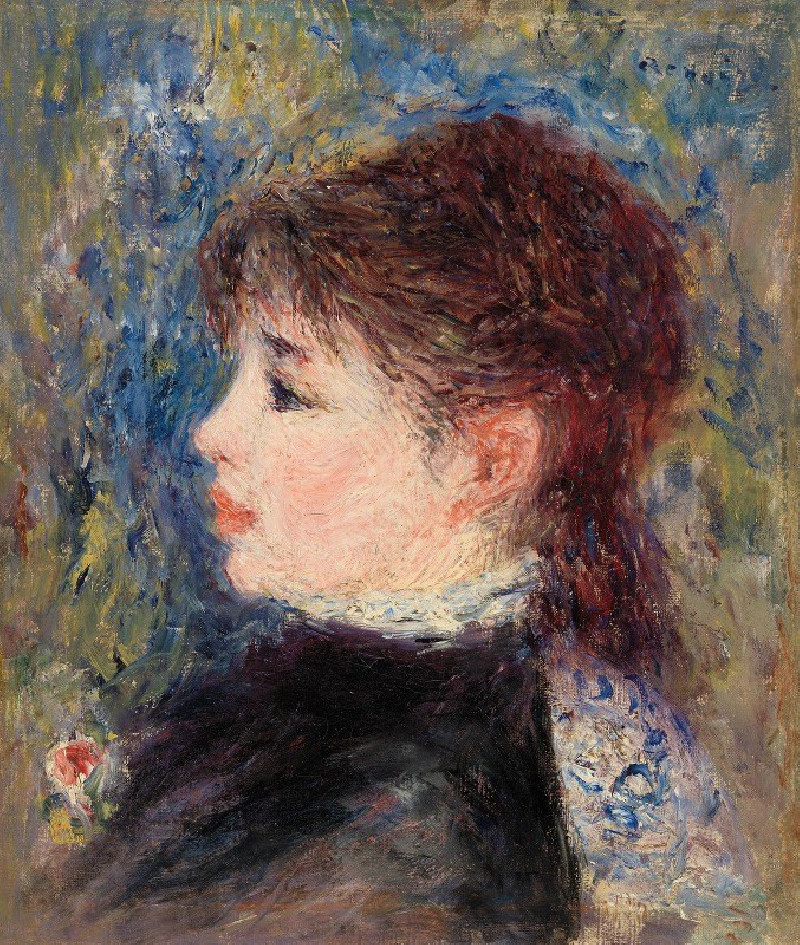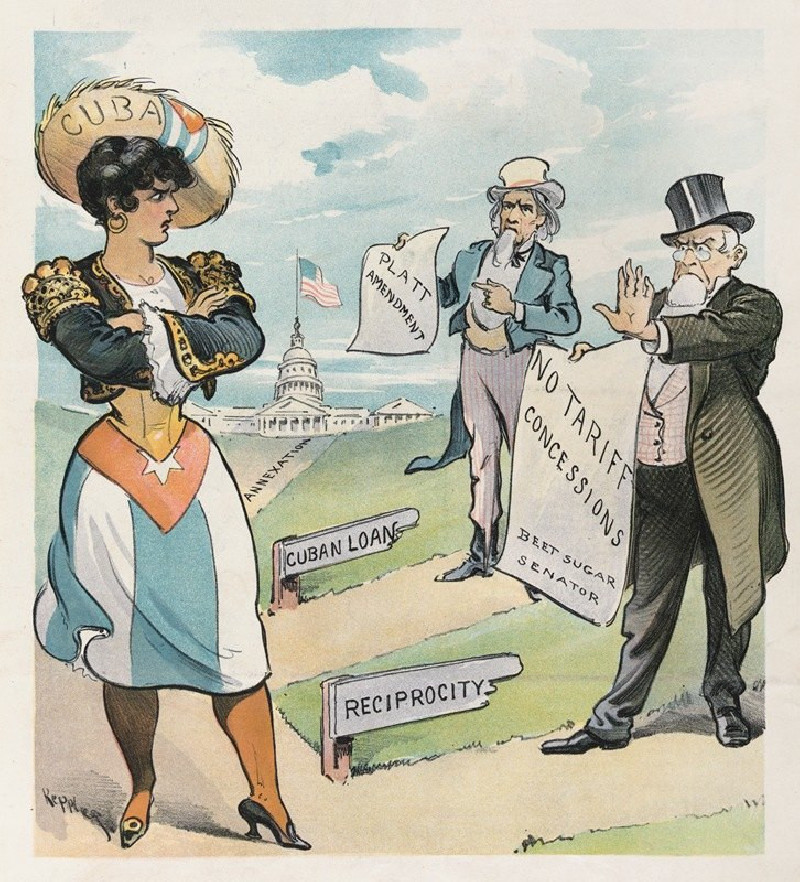Organ player (allegory of church music) (1885)
Technique: Giclée quality print
Recommended by our customers
More about this artwork
"Organ Player (Allegory of Church Music)" (1885) is an evocative painting by Gustav Klimt that eloquently captures the essence and spirit of church music through its powerful and ethereal imagery. The composition is set within a soft, almost dream-like rounded canvas, which adds to the painting’s mystical and transcendent mood.In this artwork, Klimt presents us with an organ player, deeply immersed in his music. Clad in a rich, flowing robe of cool greens and blues, the player’s devotion and concentration are palpable as he leans intently into the organ. His posture and expression convey a sense of reverent dedication as he interacts with the instrument, the keys of which glow softly under his touch, suggesting the divine nature of the music being played.Behind the organist, taking up much of the canvas in a swirl of gentle colors, is a spectral figure representing the allegory of church music itself. This figure, depicted in translucent and flowing white robes, appears almost angelic. It exudes an aura of grace and sanctity, enhancing the spiritual atmosphere. The juxtaposition of the tangible organ player with the ethereal figure of music personified imbues the painting with a deep sense of the spiritual power and inspiration derived from church music.The backdrop, featuring subdued earth tones and subtle architectural elements, hints at a sacred space, possibly the interior of a church, further placing the scene within a context of worship and sacred performance.Gustav Klimt’s "Organ Player" is a profound representation of the connection between music and the divine, exploring themes of devotion, inspiration, and the unseen forces that music can summon within sacred spaces.
Delivery
Returns
Gustav Klimt (1862–1918) was one of the greatest Austrian symbolist painters of the Art Nouveau era. Renowned as one of the most prominent founding members, and as a president of the Vienna Art Nouveau movement (Vienna Secession). His works were mainly paintings, murals, and sketches. Marked by his numerous erotic drawings, Klimt's primary subject were female figures, and at one point his work was even criticized as pornographic. Klimt found financial success in his "Golden Phase" with decorative techniques and the prominent use of gold leaf in his paintings.


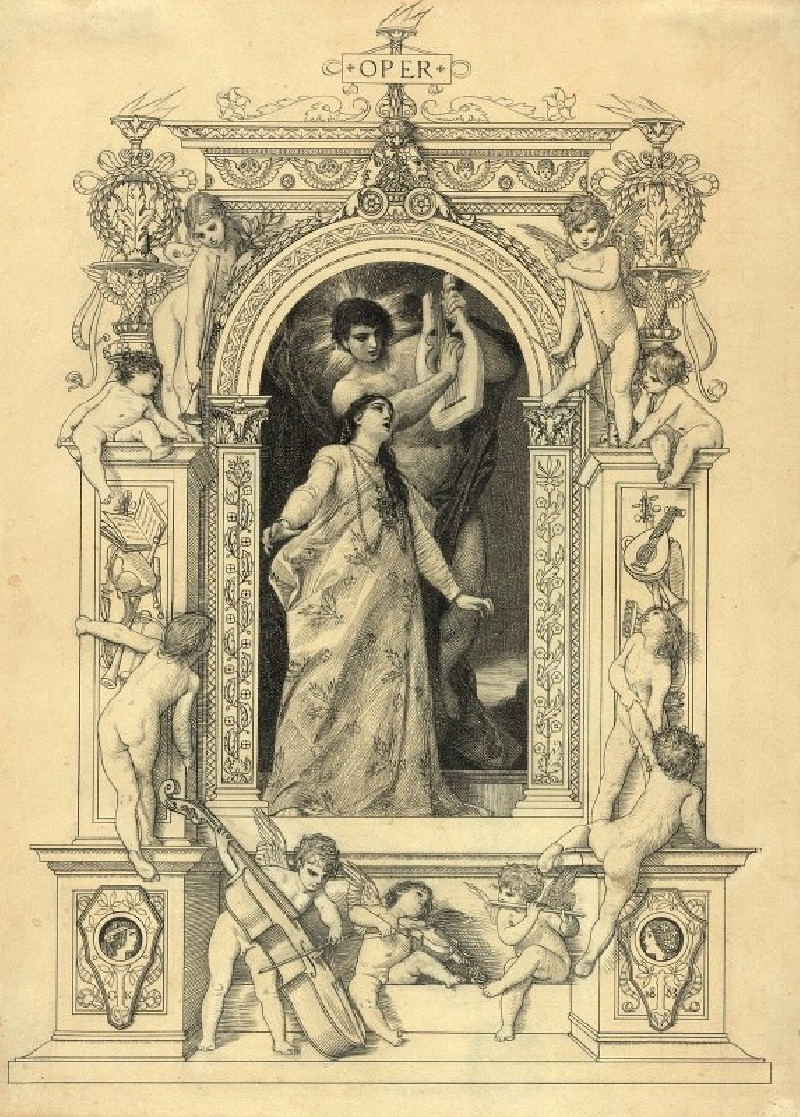
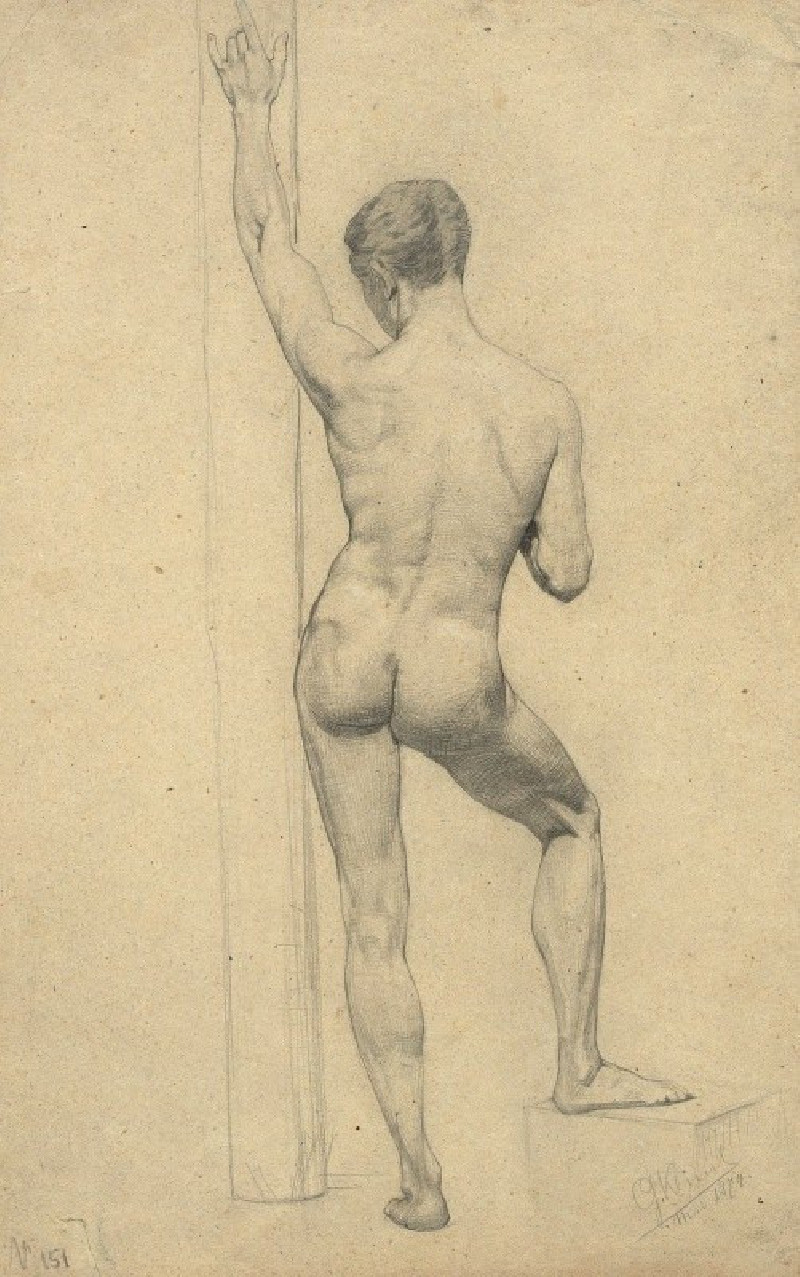
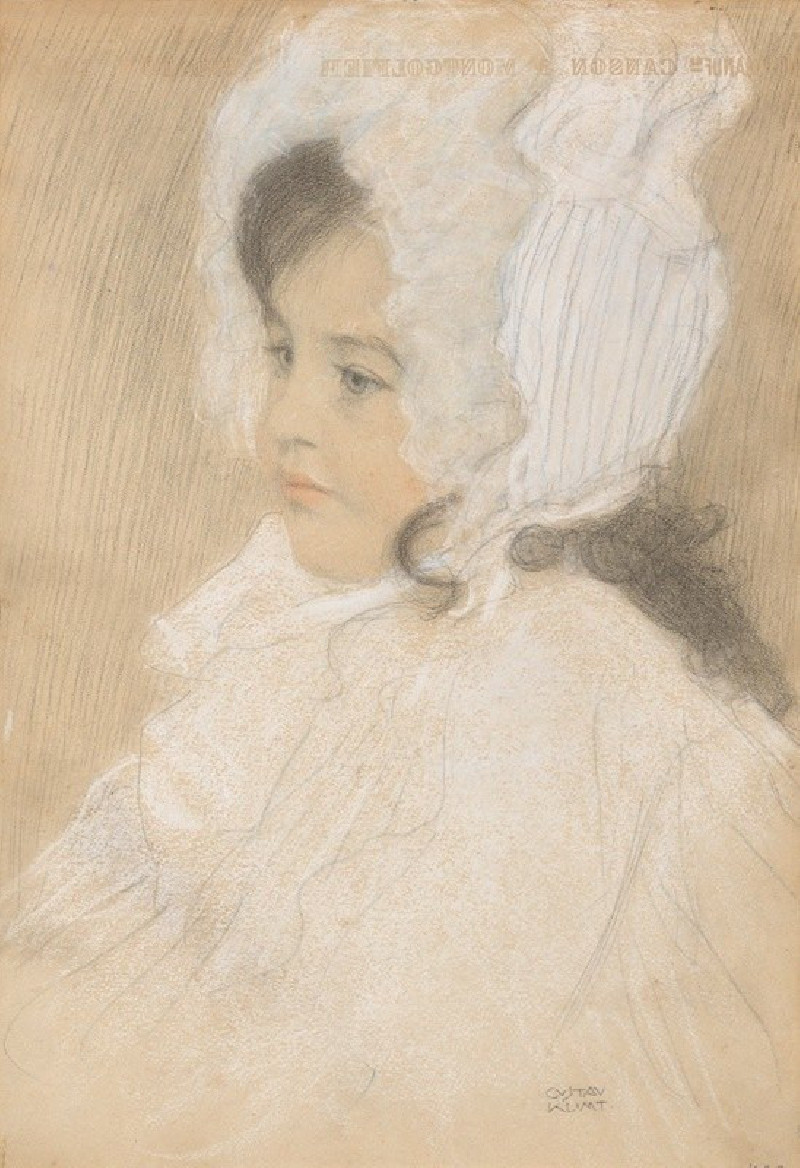
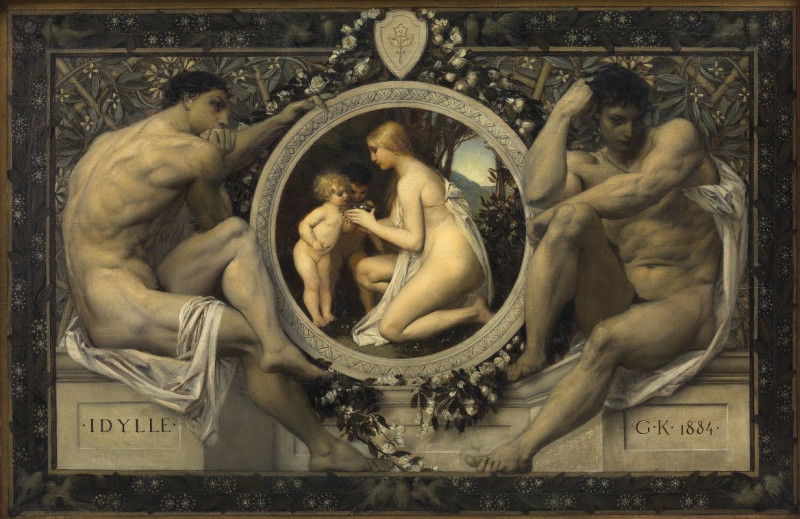
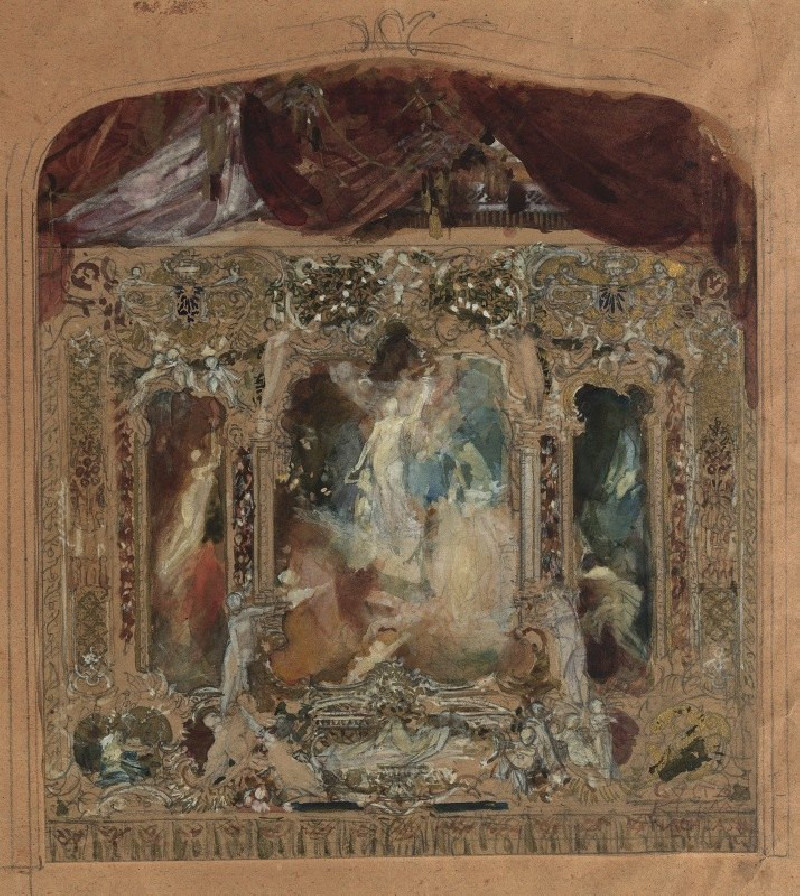

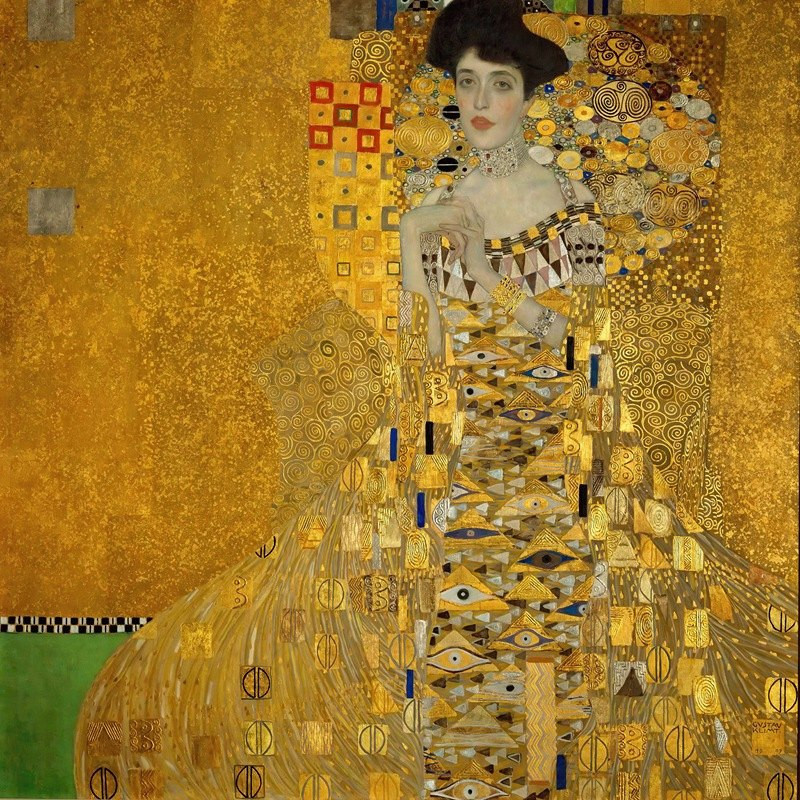
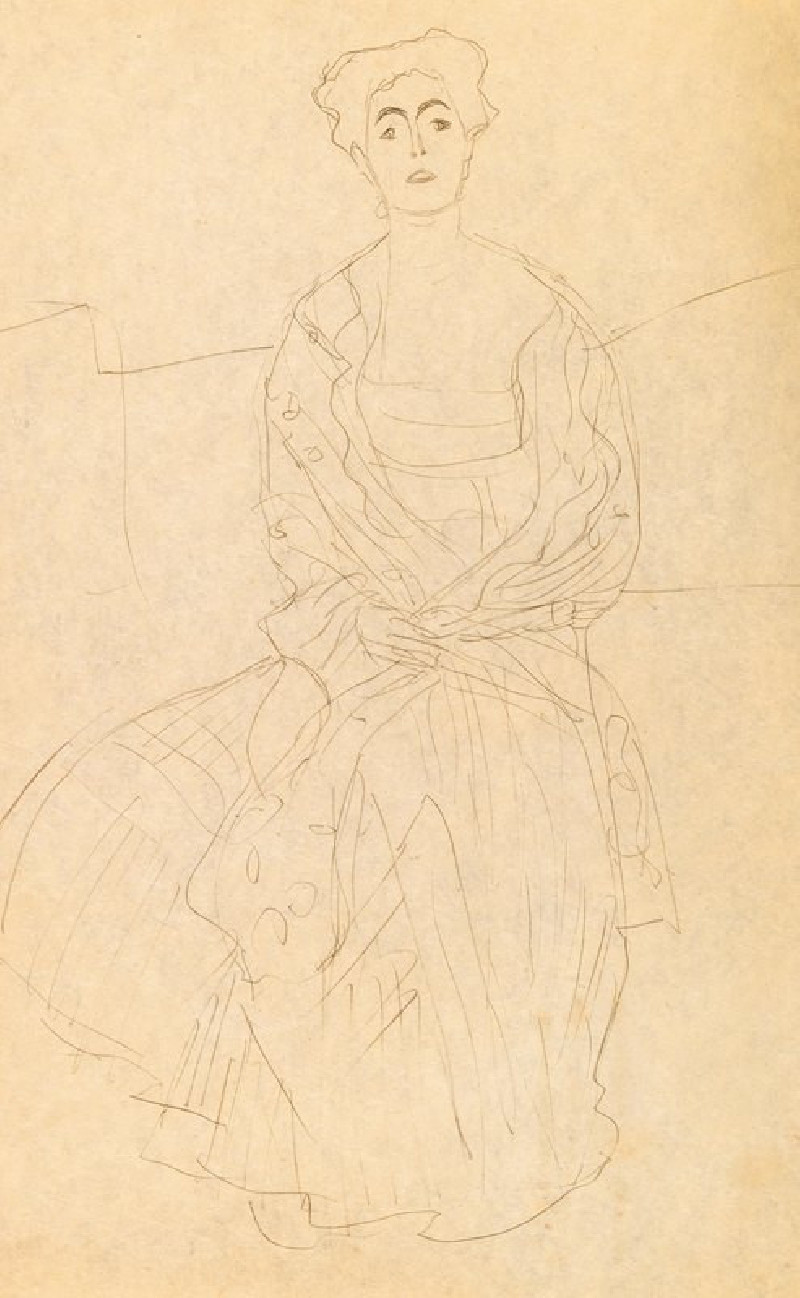
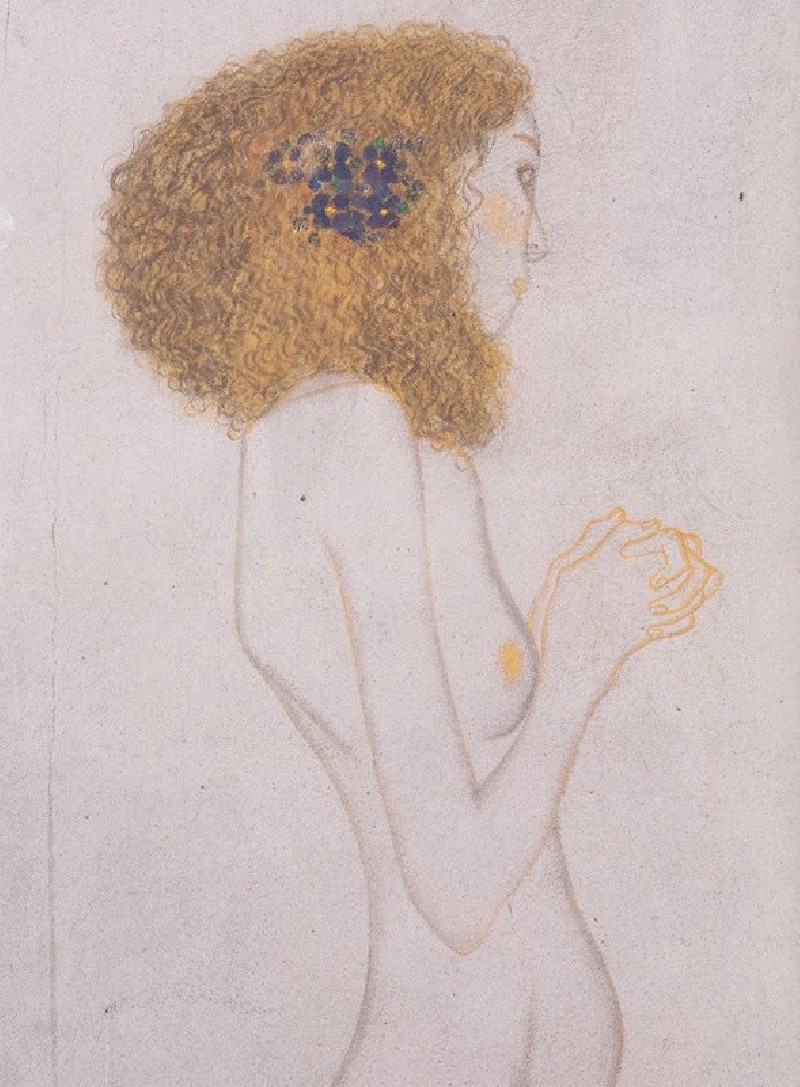

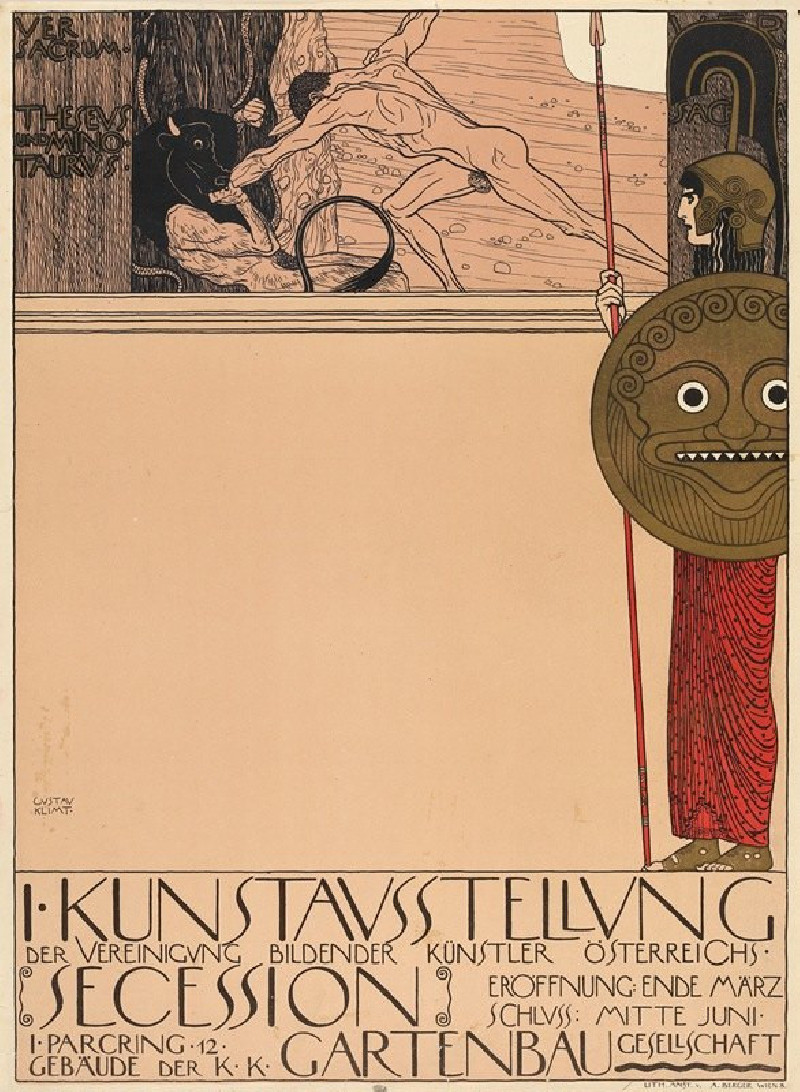
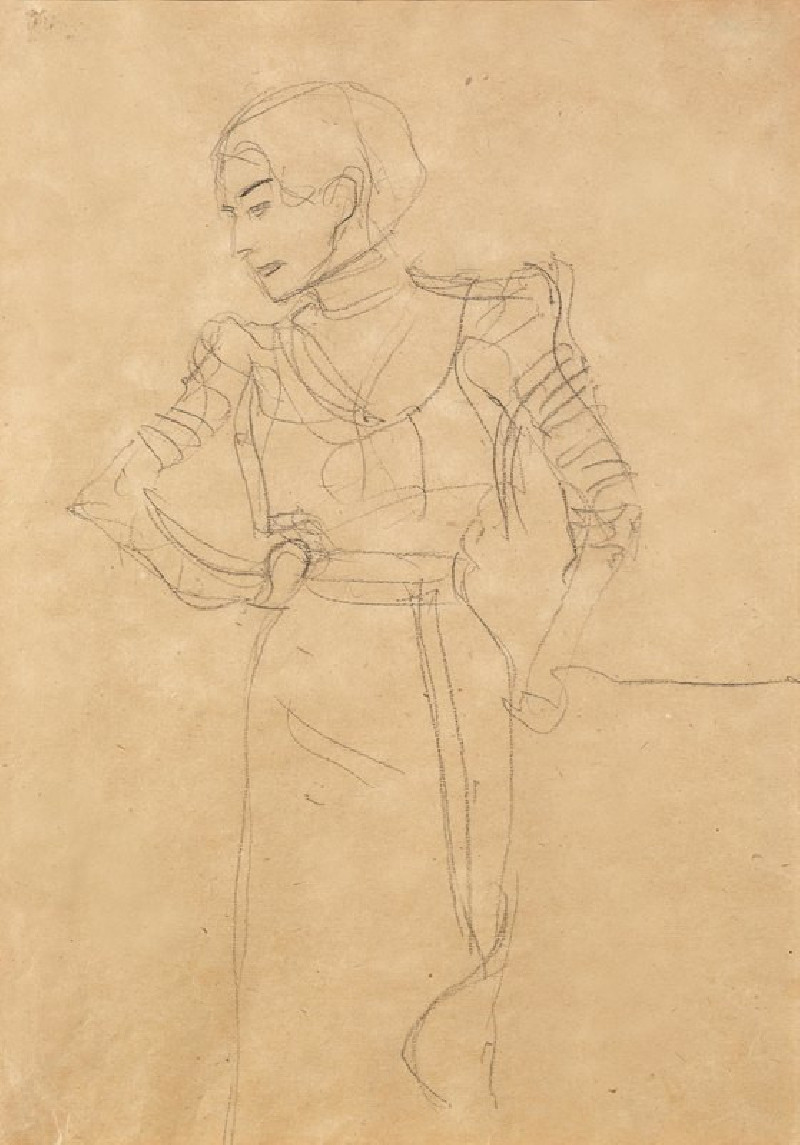
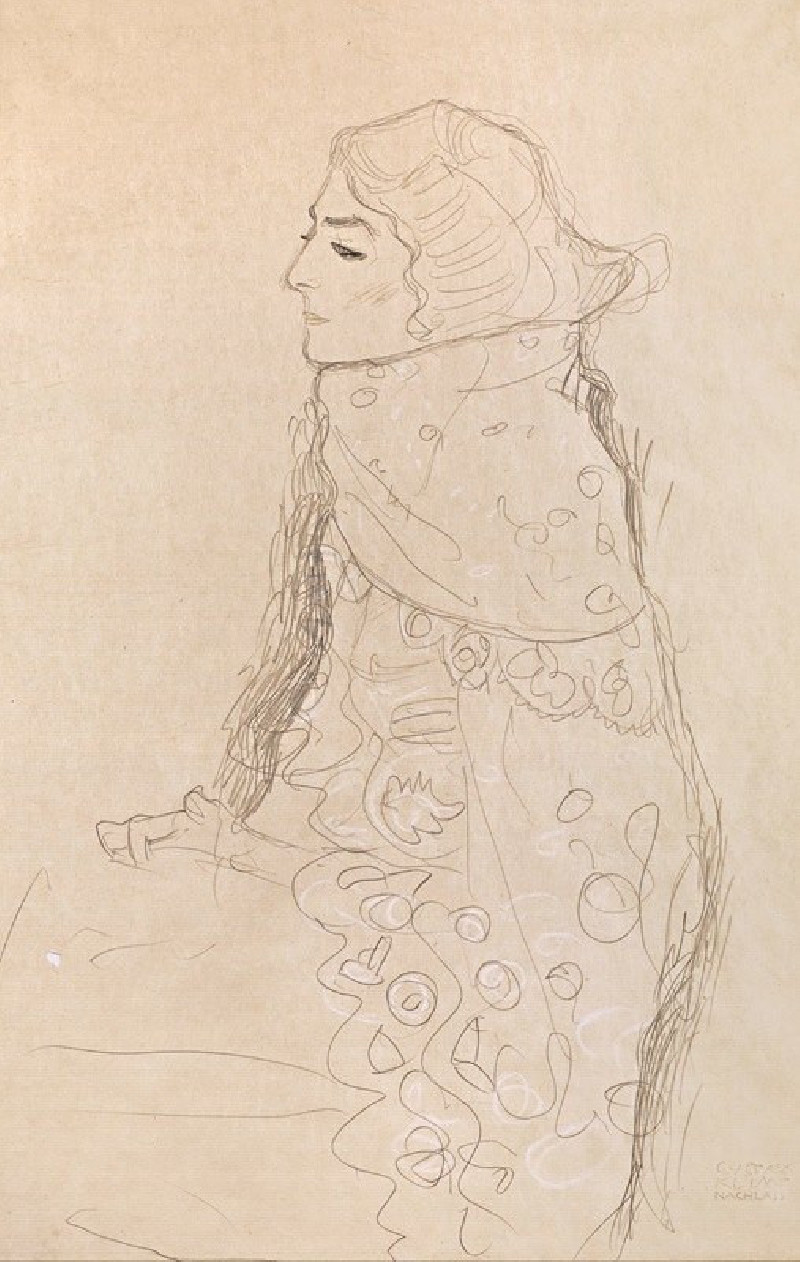
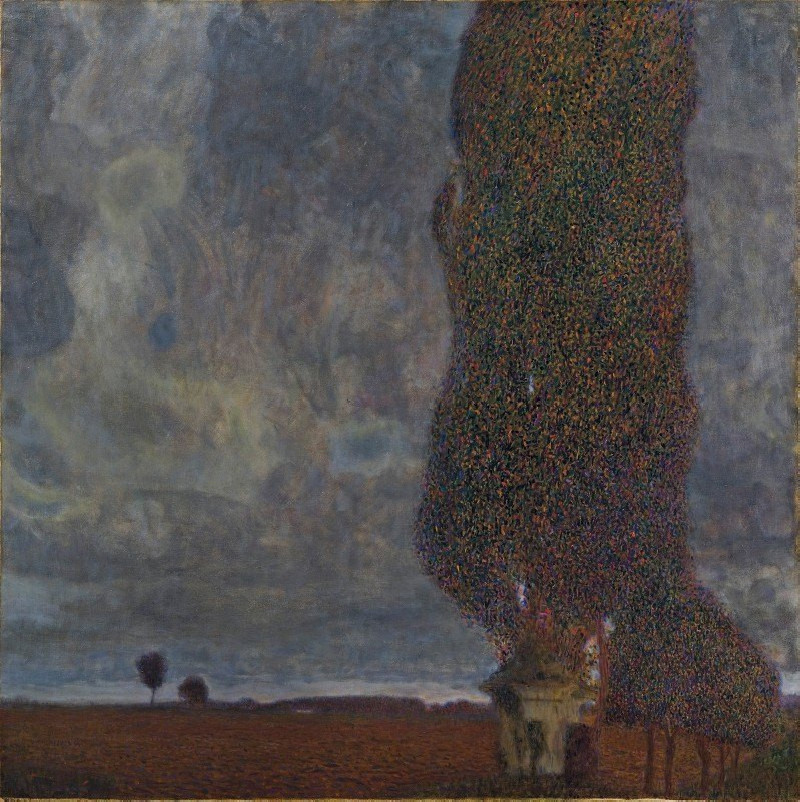
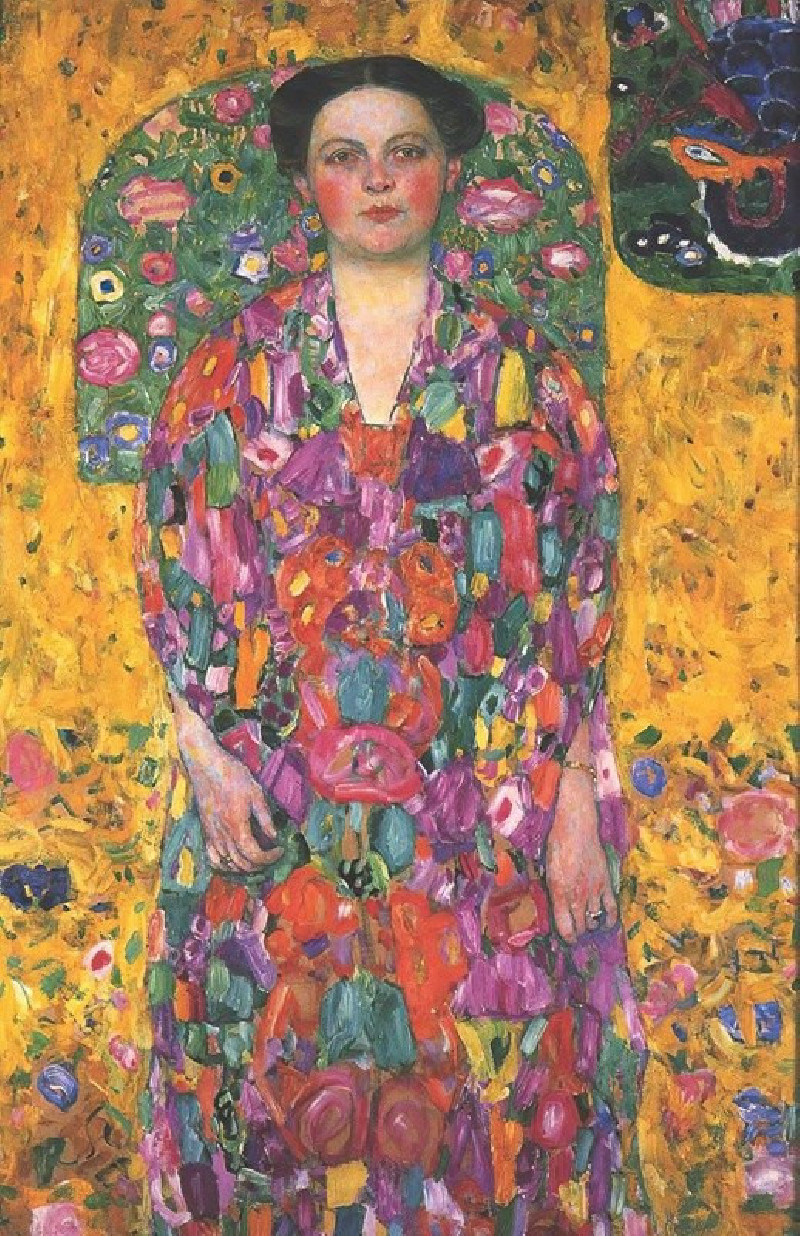
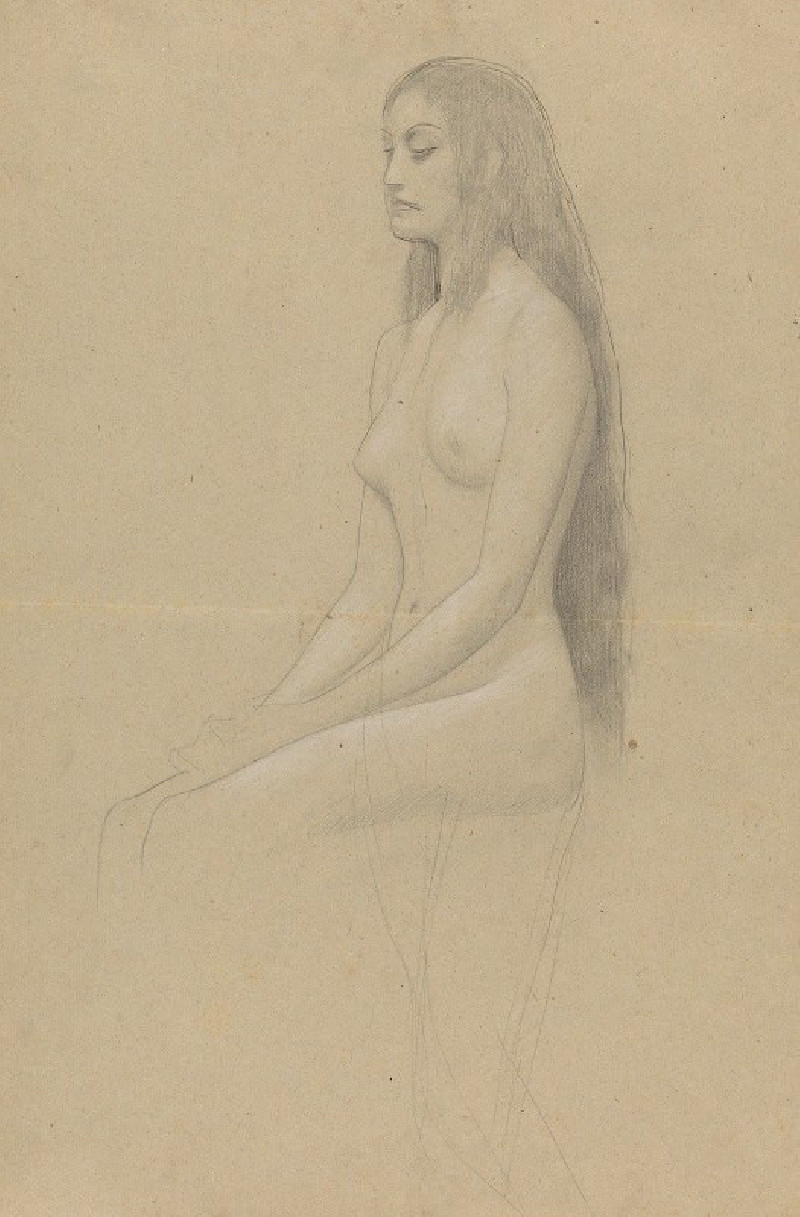
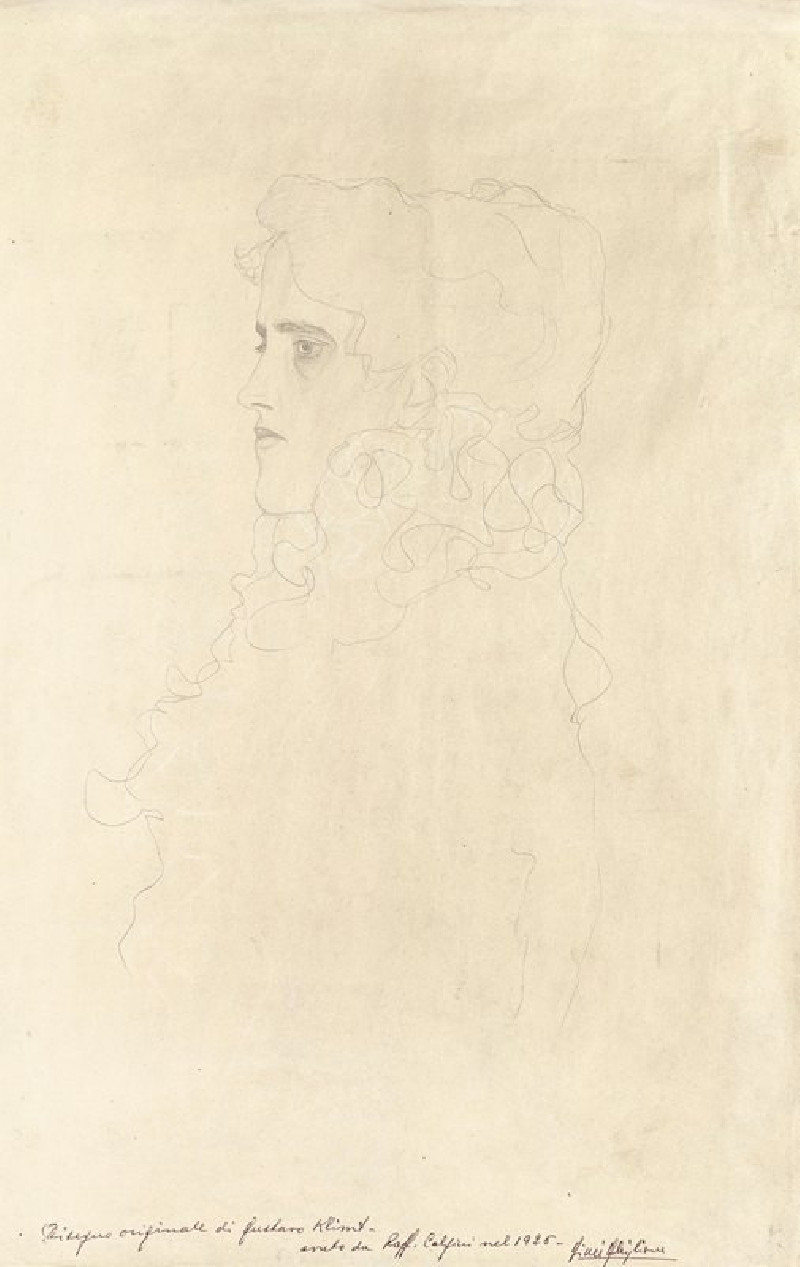
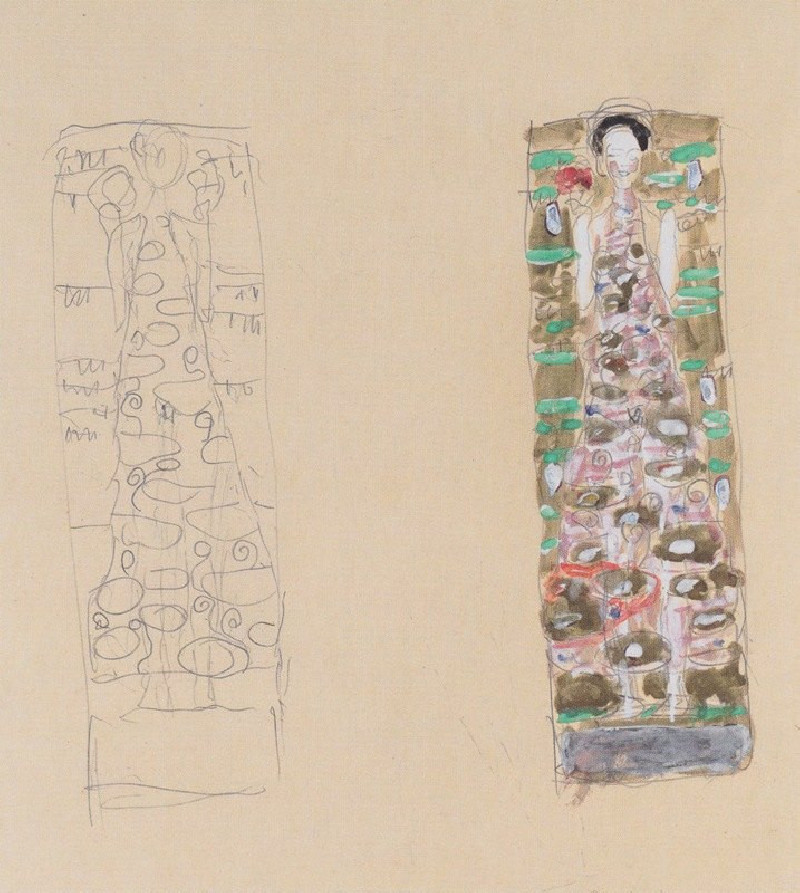
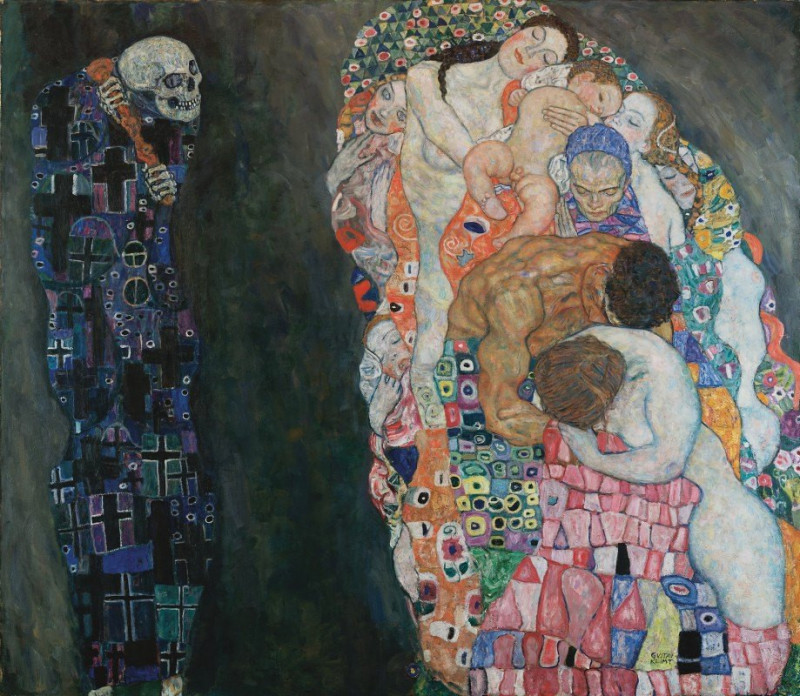
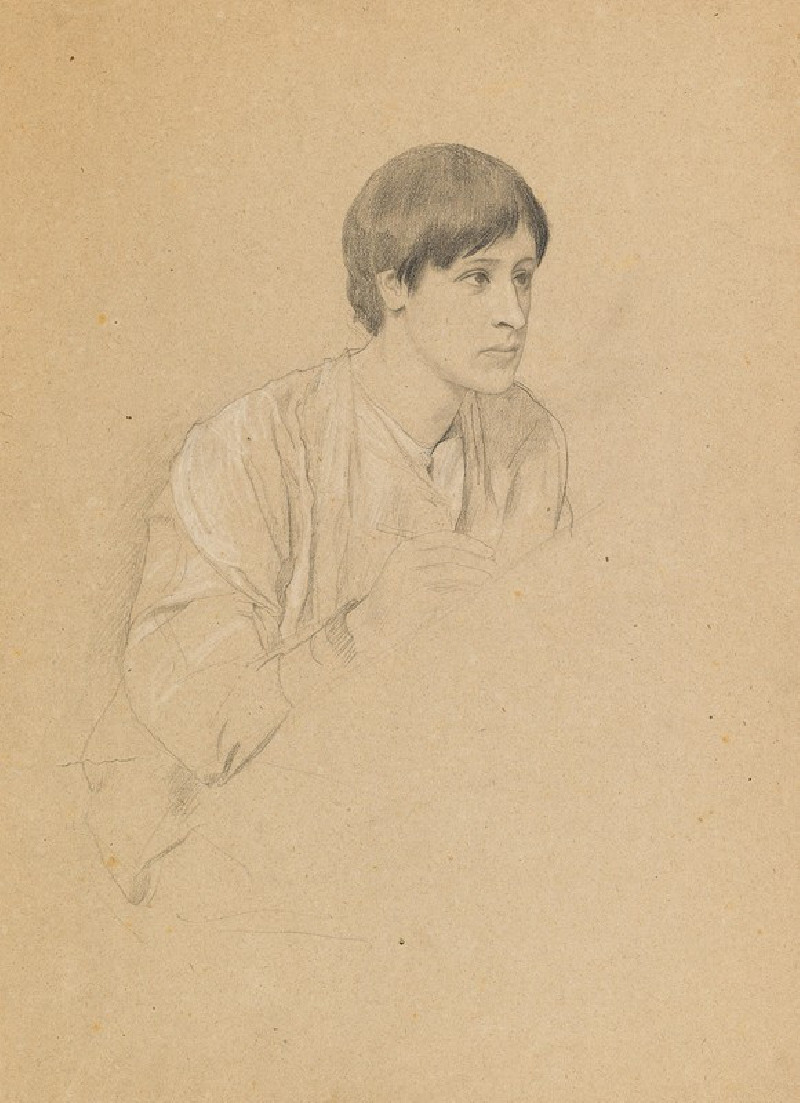


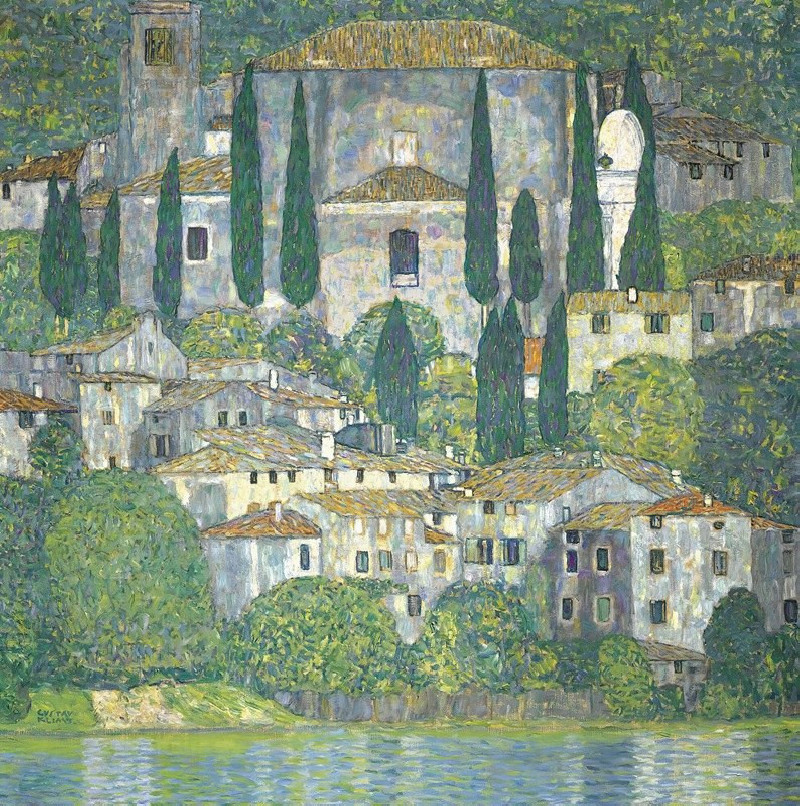
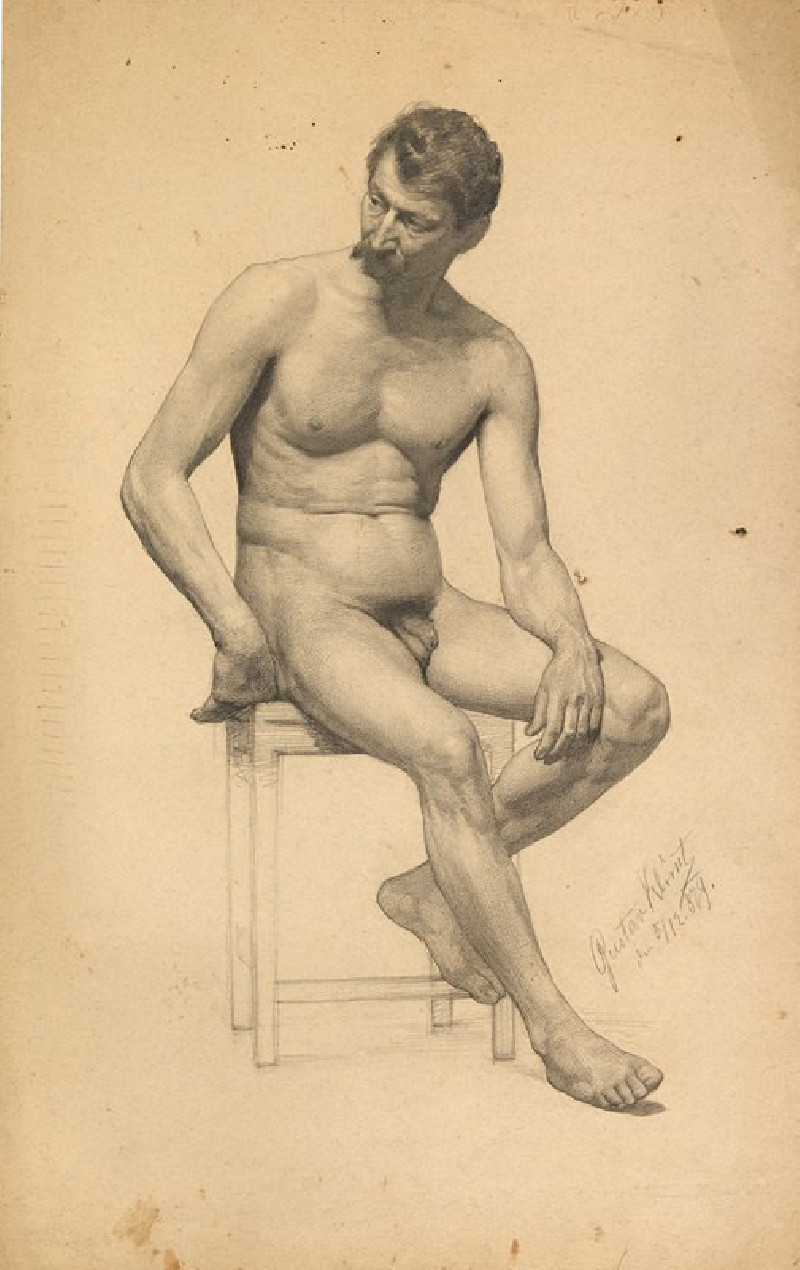
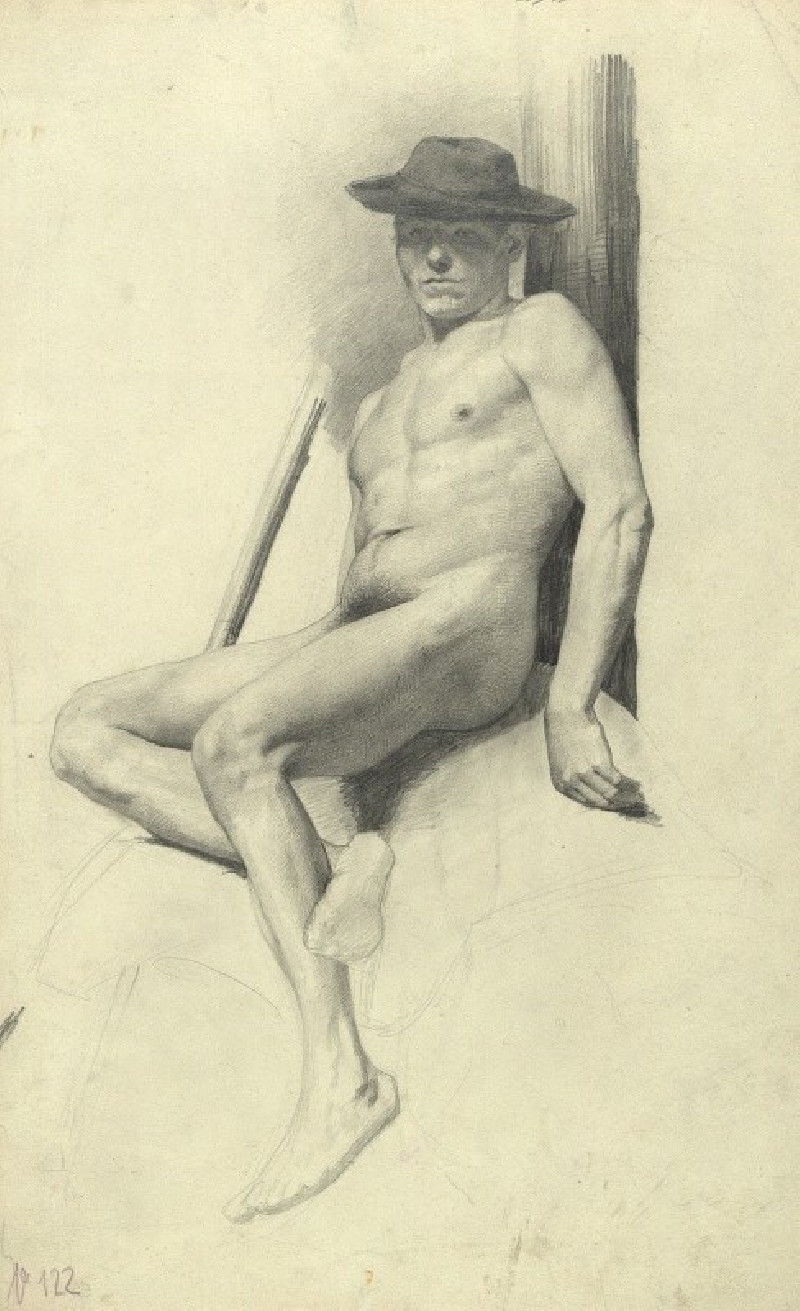

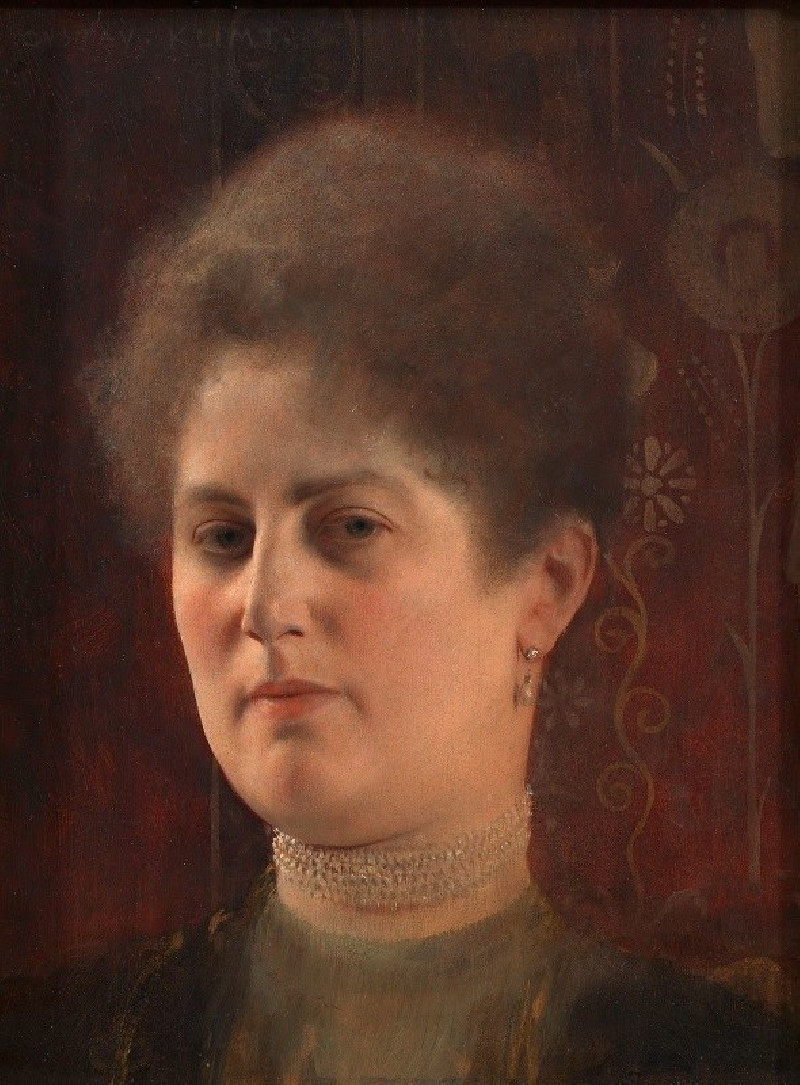
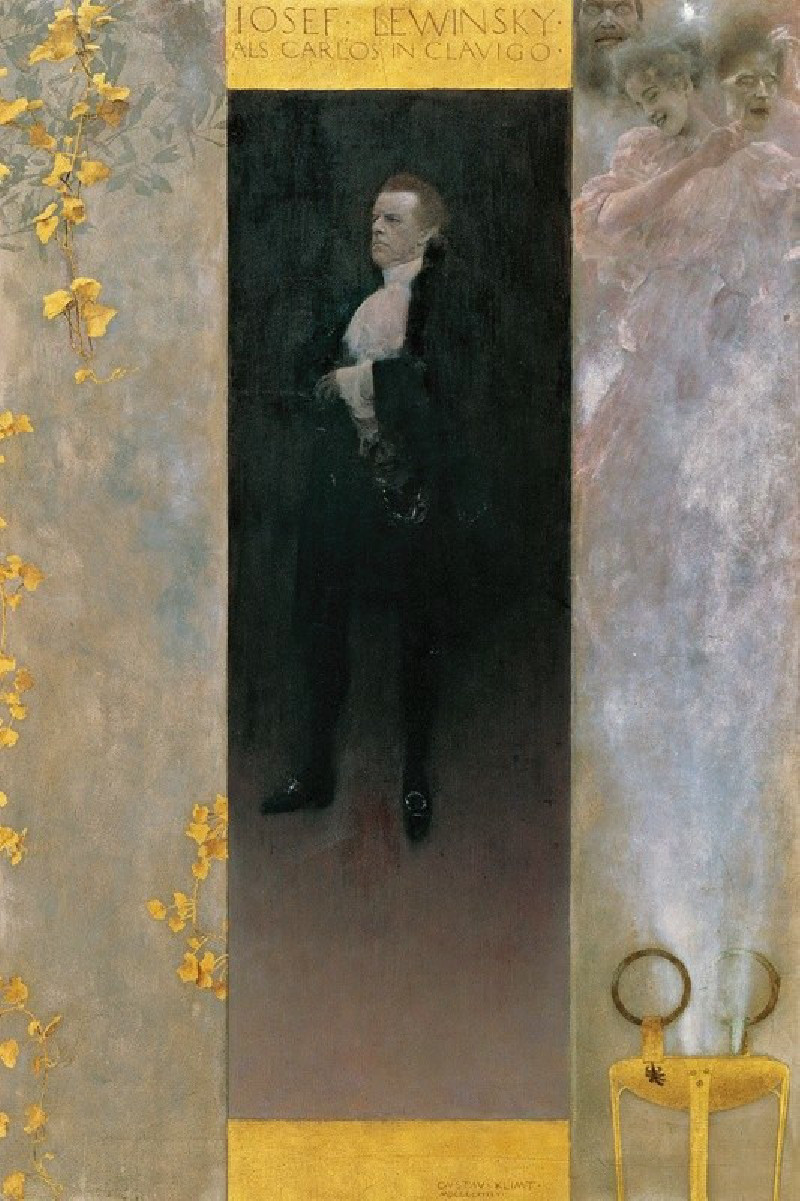
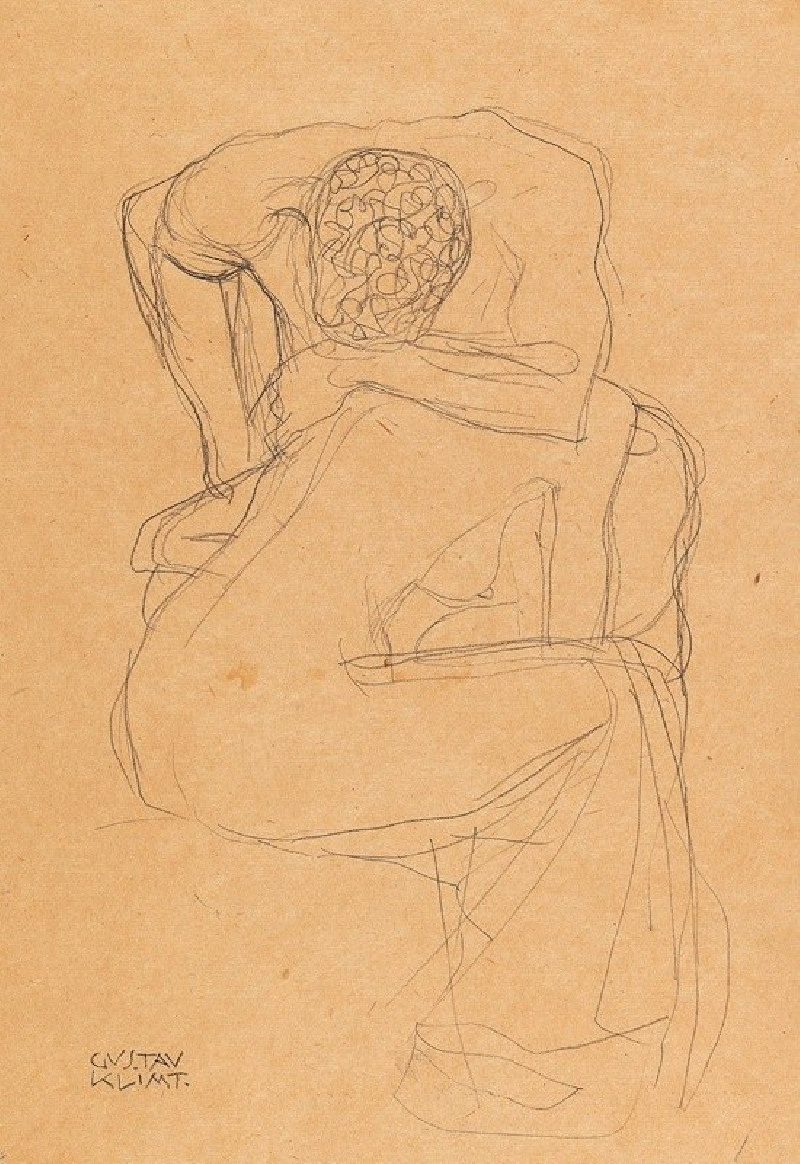

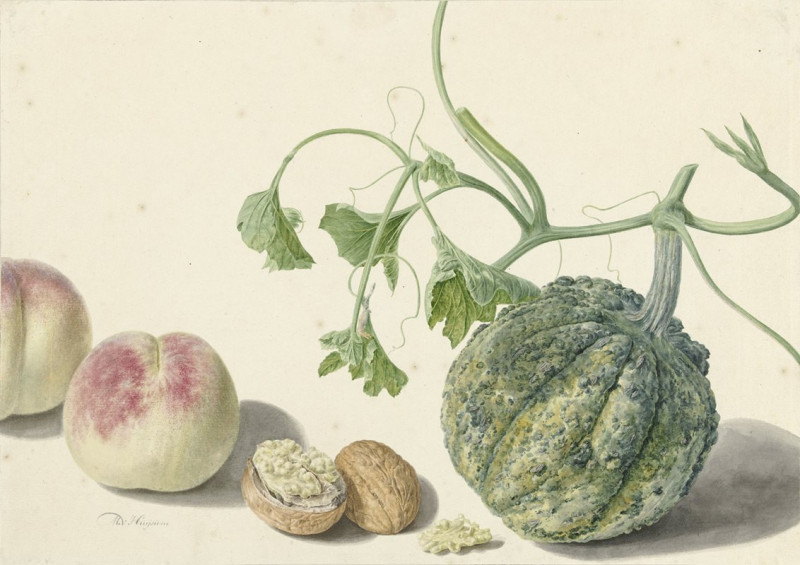
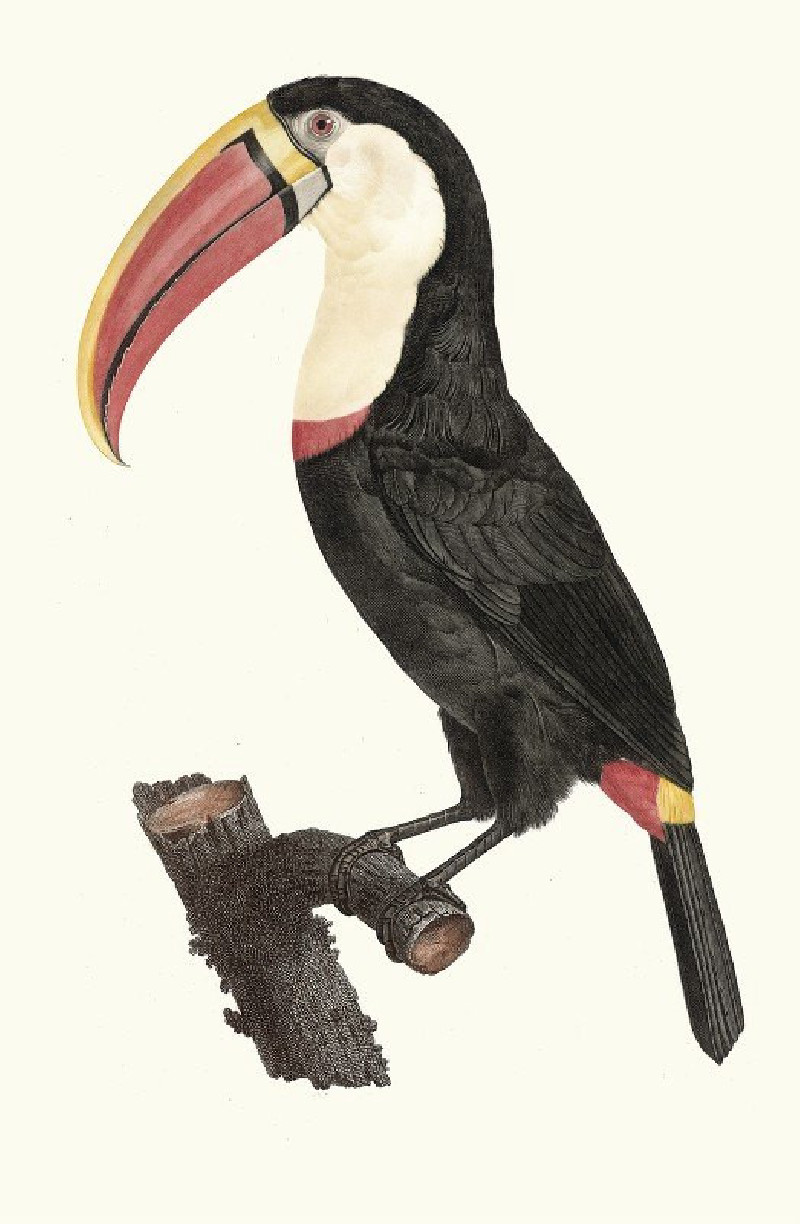
![He Who Does Not Like Thee Will Defame Thee in Jest [Loyalty] (El Que No Te Ama, Burlando te Difama [La Lealtad]) (ca. 1813-18...](https://reprodukcijos.lt/37139-large_default/reproduction-of-he-who-does-not-like-thee-will-defame-thee-in-jest-loyalty-el-que-no-te-ama-burlando-te-difama-la-lealtad-ca-181.jpg)

